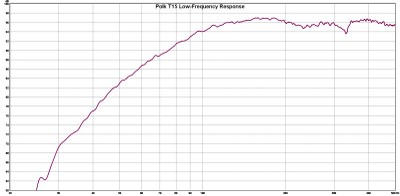DualTriode
Addicted to Fun and Learning
- Joined
- Oct 24, 2019
- Messages
- 904
- Likes
- 595
From Thiele:
View attachment 118571
Note the emphasis on the word "unimportant". Once aligned and fitted, the combo of the box and the mass of the driver swamp the latter's compliance. Link
In terms of data? Like most posting here, I don't have anything that would qualify as "direct", in the manner of FR or other speaker parameters over time. I don't think it would be possible to achieve pair deviations this low in actives, even cheap ones from all sorts of companies, if drivers were somehow unreliable.
Come to that, DT—you've been trying your hand at measuring headphones and have an AP if I'm not mistaken. Miles beyond my measurement gear. Why not then do a "100 hour" test like the boutique manufacturers recommend? Except this time measure the output over the entire period.
You know @pozz , I am in agreement with most of what you are saying. Just for fun I am just picking on the little bones.
You are speaking of “drift” I am not exactly sure of what that is.
From the Link that you provided you indicated that even if the TS/P changed due to stiffening of the speaker compliance in the cold, the f3 response of that speaker in a fixed enclosure would remain largely unchanged. We are speaking of frequency response level at resonance of the enclosure. The resonance change of the cold driver is not so important.
This is looking at f3 resonance through a keyhole. Sure the f3 does not change so much. However the drift popes it fuzzy little head up in the shape of the frequency response curve proximate to the little changed f3 point. The Q of the driver does shift with temperature. The Q of the enclosure does not shift so much with temperature. The Total Q of the driver plus the enclosure Q also changes. As a result the Frequency response curve if it was designed to be maximally flat at warmed up temperatures will drift. At cold temperatures the frequency response curve will not be nearly so maximally flat, it will have new slopes, lumps and bumps even if f3 remains reasonably constant.
See the Thiele document page 186 for a discussion of Q, Total Q near (42) (43).
The in-enclosure impedance curve is likely the easiest speaker measurement to show drift due to delta t.
Sure, you can measure it. Can you hear it? Likely not. Who Cares? It is like getting in the shower on a cold morning, you don’t get in till it warms up. My shower is hot wax sensor thermostatically controlled, no electronics.
Thanks DT
For fun http://theplumbinginfo.com/shower-valve-evolved/
Last edited:

